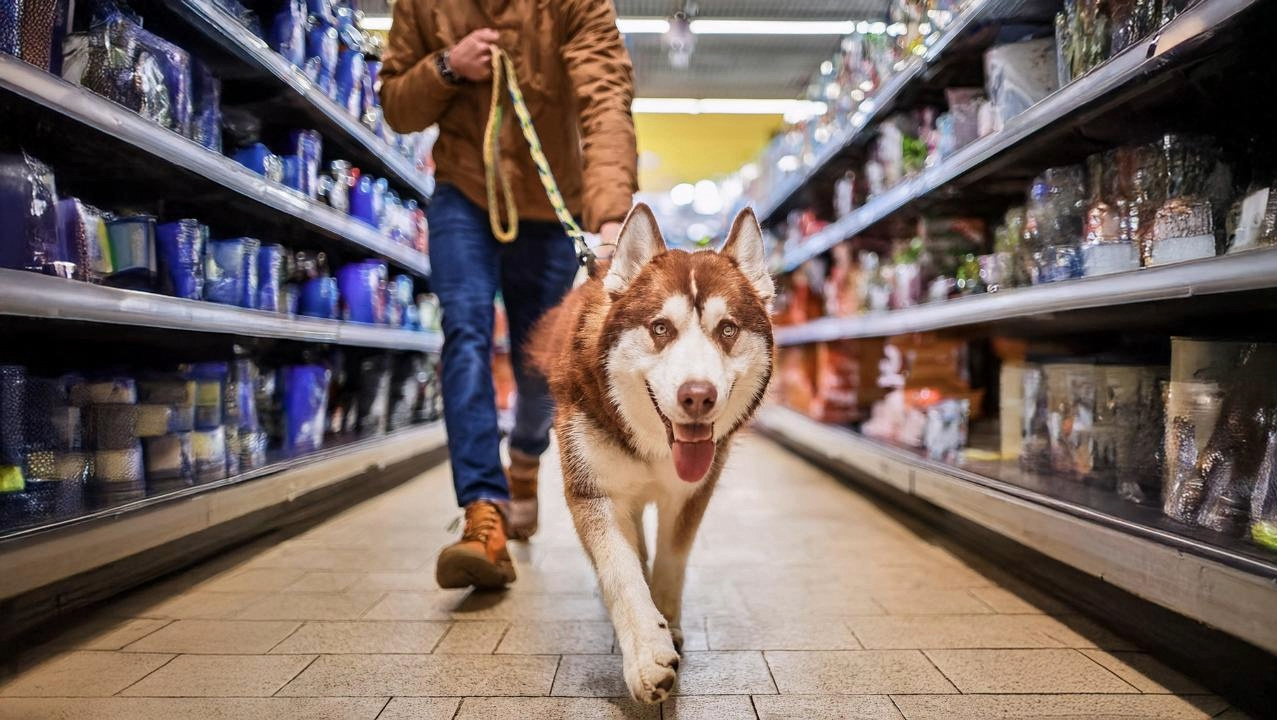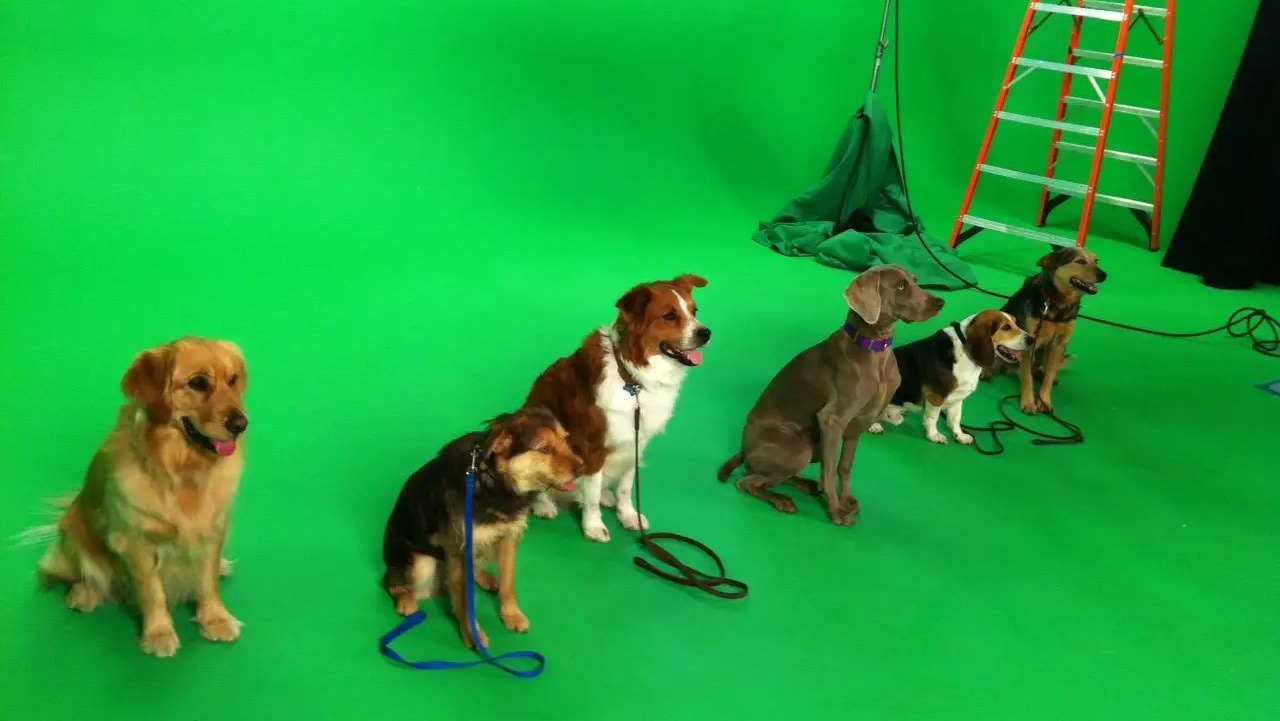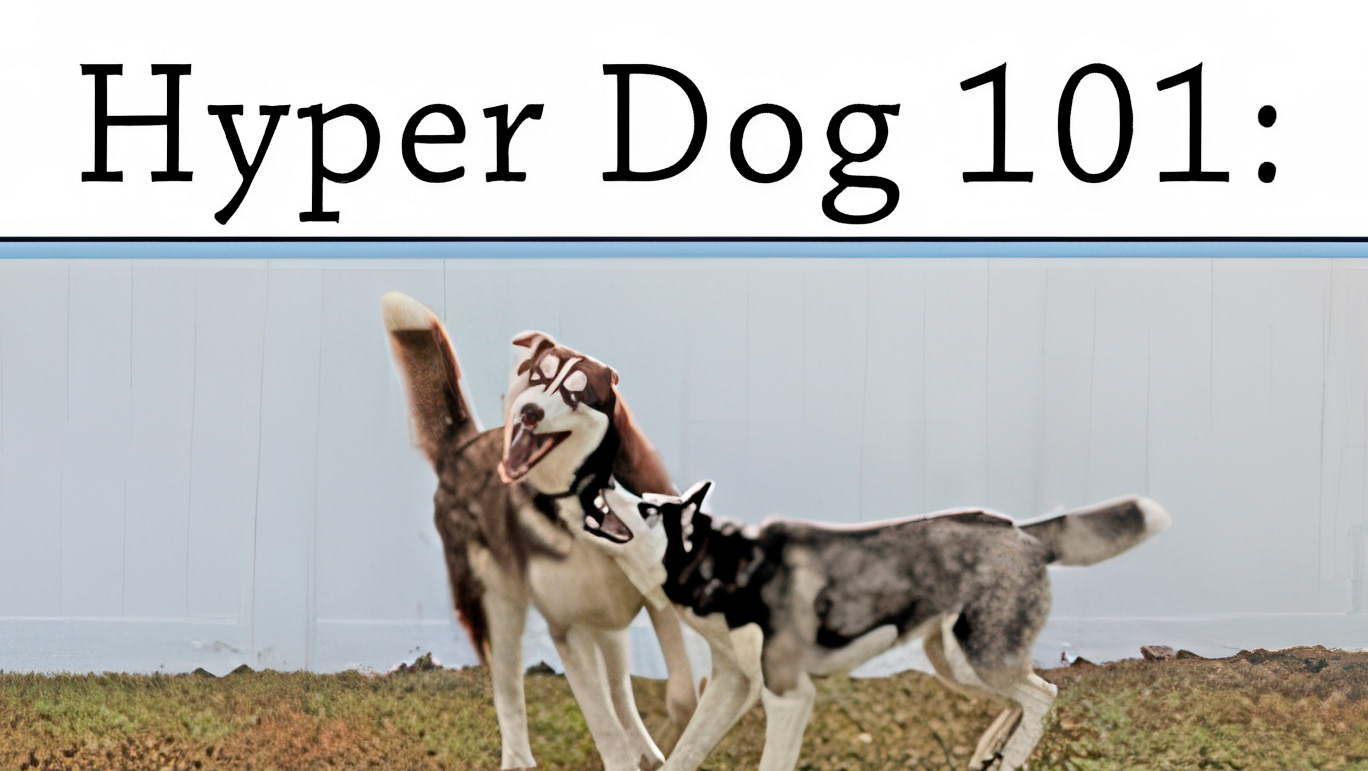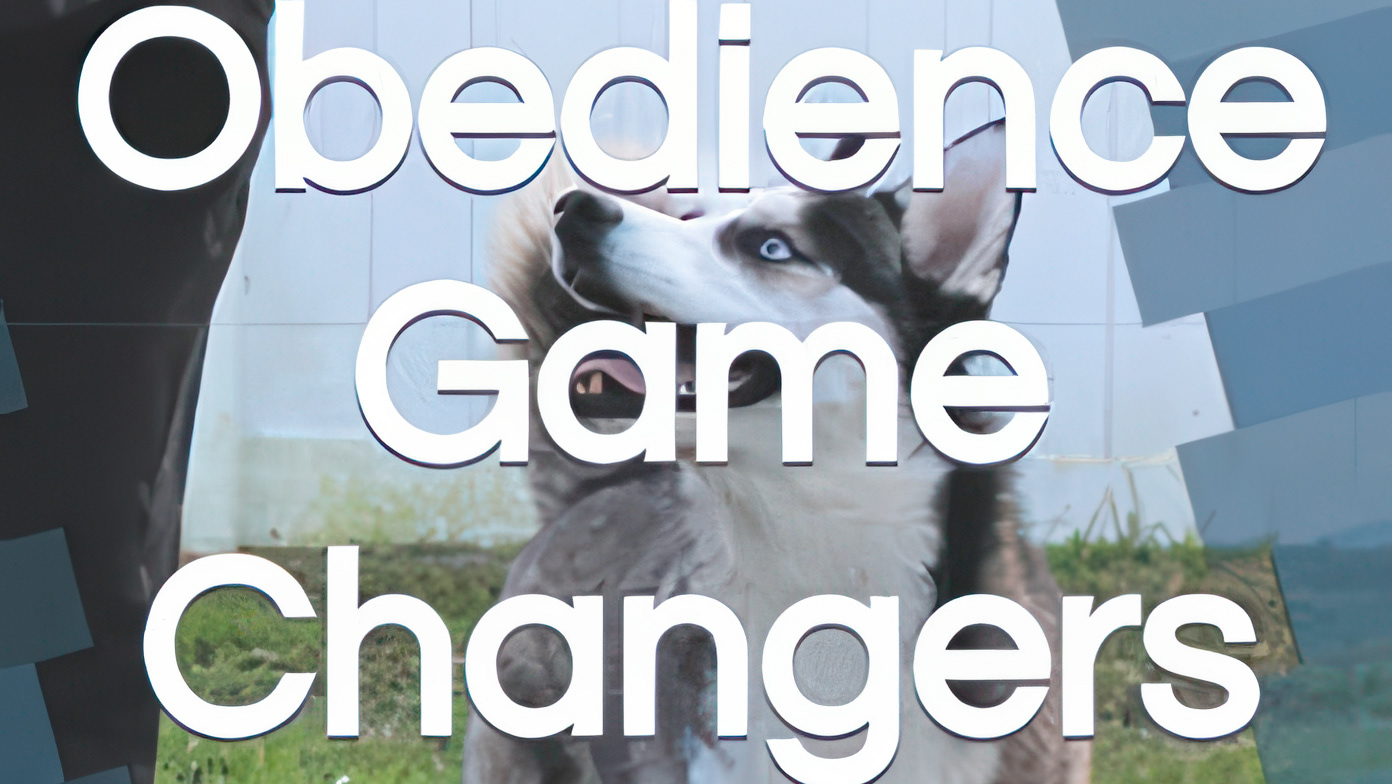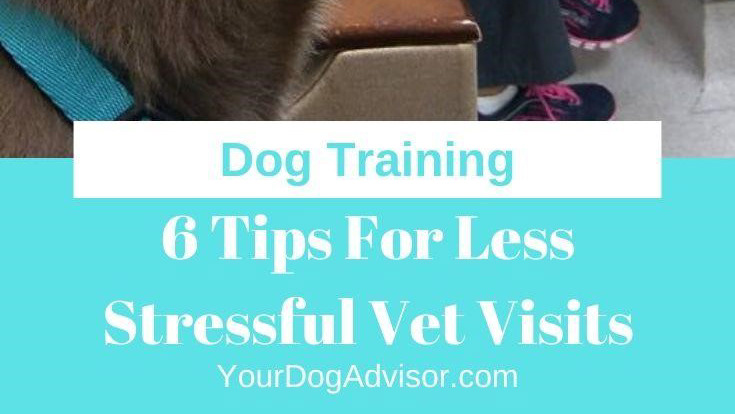Finding A Muzzle for Your Pomeranian
It can sometimes be a challenge to find a well fit muzzle for this beautiful toy breed.
Sometimes, when the subject of muzzles comes up, especially with our cutest of poof-ball Pomeranians, we tend to get nervous or upset by even the thought of having to put one on. I can tell you though, after being a professional dog trainer for almost 25 years, a muzzle can be an invaluable item for training and a very important safety precaution throughout your dog’s life. The great thing is that it is only our perception that makes a muzzle bad. Dog’s don’t start out thinking these items are a negative thing so we can actually get our dog’s to love putting their muzzles on!
The fact is that at some point in your Pomeranian’s life, the chances are likely that your dog will have to wear a muzzle. Let’s say your dog suffers a dangerous injury (Ex. broken bone, internal trauma, torn ligament/tendon etc.) Any dog has the capability of snapping at vet staff or someone first on scene to help them. Maybe your dog goes to the groomer regularly and is bad on the table or maybe your pooch develops some behavioral issues around other dogs or people, where it is not safe for others to be in close proximity without this added safety measure. Whatever the reason it is important to remember that all of these situations are already stressful to your dog. We definitely don’t want to add stress to an already bad situation, but we unfortunately are doing that very thing if we don’t teach our dogs to be comfortable and even happy to put on, as we call it in our house, “The Party Hats”.
A muzzle is an essential tool if your dog ever gets injured. It ensures the safety of the caretakers, as any dog is likely to snap if it is in pain.
Finding the best type of muzzle for your Pomeranian does present some challenges. Not only do you have to find one small enough to fit on that cute little button nose, but depending on the main use of the muzzle, depends on the type you will need to get.
In this article, I am going to break down how to get your Pomeranian used to wearing a muzzle, the best types of muzzles to use and some top picks in each category. So let’s get started!
Conditioning Your Dog to Wear A Muzzle
Desensitizing your dog to be comfortable wearing a muzzle is a pretty easy process. I start doing it at food time and instead of letting them just free-feed, I have them work for each piece of kibble.
For the first step, I just treat the muzzle as a canine enrichment game. Set the muzzle upright in the food bowl and fill it with food so they are eating right from it. This will help your dog learn how to interact with the muzzle on their own free will.
Next, start desensitizing them to the sight of you holding the muzzle. When it’s food time, hold the muzzle behind your back, pull it into view and as soon as your dog looks at it say “Yes”, reward your dog with part of their meal, and then hide the muzzle behind your back again. Continue this process repeatedly with the entire meal. This is what we call classical conditioning in dog training.
As your dog gets more comfortable with having the muzzle around, begin to feed him through the muzzle while you hold it. This part of the process might be a little scary at first, so if your dog is a little shy, feel free to put some squeeze cheese or peanut butter in the muzzle to get a special treat when they stick their nose in.
Start giving your dog a cue to stick their nose in the muzzle. When you do this, say the new cue first, then say “Yes” and release the treat once your dog has performed the behavior. I use the cue word “Nose” when I practice this.
You should see your dog getting more excited to play the “Nose” game and getting increasingly more comfortable with the process. Continue to take small steps in desensitization if your dog is nervous about any other part of the process (ex. Buckling behind the head).
This video will help take you through the process of introducing a muzzle to your dog.
Be sure to keep your dog busy once you have gotten him used to putting on his muzzle. Try handing him treats, playing games, walking him on a leash, and ask for basic obedience skills or tricks you might have taught him. If you don’t keep your dog busy in the beginning, he will get a little bored or just focus on it more and try to get it off. It’s kind of like us breaking in a new pair of shoes at first. Keeping your dog occupied during initial introductions will help them get used to this new item.
Types of Muzzles
It is important to get the right type of muzzle, depending on your dog’s needs. Here are some options for your Pomeranian.
The Basket Muzzle
While this type of muzzle might look the most daunting for new muzzle users, and bring up old memories of scenes from “Lady and the Tramp” when Lady got muzzled for her behavior in the baby’s room, the basket muzzle is by far the most versatile muzzle to start with. Basket muzzles are an ideal fit to start with the conditioning exercises we discussed in the above sections. That is because the design of this type of muzzle allows you to feed the dog through it and they can still chew and drink water through the basket.
Basket muzzles are used frequently in a variety of dog sports because they allow the dog to breathe normally when they are physically exerting themselves.
This type of muzzle is ideal for dogs that are having reactivity or aggression issues and they are being trained around triggers (ex. people, dogs) that could compromise the safety of others.
The biggest bonus is that these muzzles can be left on for longer periods of time because your dog can breathe normally. This is why basket muzzles are used during some dog sports such as lure coursing or earth dog trials.
Basket Muzzle Top Pick: The Baskerville Ultra Muzzle
For years, this has been my “go to” muzzle. The wide holes allow dogs to eat, drink and pant comfortably while still providing protection. While it might be difficult to fit this style of muzzle to a Pomeranian on the smaller size, Baskerville claims (I have never tried to do this personally) their muzzles can be heat-shaped for a custom fit.
Short Snout Muzzles
The Pomeranian in this photo has virtually no length to his muzzle at all, so a short Snout muzzle would be ideal for this dog.
Short snout muzzles mostly associated with brachycephalic breeds such as Boston Terriers or Bulldogs, and similar styles are designed for cats. This type of muzzle can be a go-to alternative for many Pomeranians, since some of them are so tiny and have such short muzzles that it is hard to find a basket muzzle to properly fit. While the full facial cover offers a little more freedom for your dog to pant, it does not give you the luxury of being able to offer them food or water. However, they do offer a good level of protection.
Short Snout Muzzle Top Pick: TANDD Short Snout Muzzle
This is a great option from the short snout muzzle category. The front nose opening offers space for the tongue to extend out for panting and you can still deliver treats down the shoot, which most designs you do not have that luxury.
Soft Muzzles
The Pomeranian pictured here has much more of a pronounced muzzle than the one photographed in the short snout section, so a soft muzzle could be fitted properly on this dog. This is an ideal option for grooming or veterinary practices if needed.
Soft muzzles are typically made with some type of breathable material, such as a mesh, and you might commonly associate them with what a groomer uses with dogs on their table. While soft muzzles are typically a cheaper alternative to the basket muzzle, there are some definite drawbacks. Because of their restrictive nature, these muzzles should only be used for very short periods of time, usually 15-20 minutes is maximum. This is because if your dog gets worked up and their mouth//nose is restricted it can cause them to hyperventilate or have some type of respiratory distress. These muzzles are best used during grooming or medical treatments.
Soft Muzzle Top Pick: The CollarDirect Adjustable Muzzle
This economical option from CollarDirect in the soft muzzle category is an excellent option. The adjustable nylon strap on the nose piece, offers you to get a more custom fit.
Fun Muzzle Options
With muzzles still having such a stigma against them, why not have some fun with these creative muzzles!
These duck and pig silicone muzzle options, put a lighter tone on the muzzle situation.
Fitting A Muzzle
The most important factor when using a muzzle, is making sure you have a correct fit. Too loose, and your dog might be able to pull it off, or even worse, have enough room to snap, leaving the muzzle virtually useless. Most manufacturers of muzzles will ask for at least two main measurements. The circumference around the muzzle and the length of your dog’s muzzle. Get a soft measuring tape to take these measurements.
The circumference of the muzzle should be taken at the widest part, about ¼ inch to a ½ inch below the eyes (up to an inch for larger breeds). This is where the muzzle will lay and you want a nice sealed fit. Too loose and it could rise up and bother the eyes. For basket muzzles and some short snout muzzles, since your dog can pant in them, be sure to take your measurement when your dog’s mouth is slightly open, otherwise be sure to add an inch or so onto the muzzle circumference so the muzzle is not too restricting. For soft muzzles, do not add any extra space. You want to make sure this is a super snug fit and the dog cannot open their mouth.
The length of the muzzle is from the tip of your dog’s nose to the point where you took the circumference. Too long or too short a muzzle and they are not going to be as effective. End of muzzle circumference (the nose end), height, and neck circumference are some other measurements that different companies might ask for, depending on the muzzle and if you are looking for that perfect fit, check out companies like Bumas that will custom make your dog’s muzzle.
The Do’s and Don’ts when Muzzling A Dog
DO acclimate your dog to wearing a muzzle before throwing it on for the first time in a stressful/new environment.
DO reward your dog for putting on their muzzle.
DO start with short time increments and gradually increase the amount of time your dog must wear their muzzle.
DON’T ever leave your dog’s muzzle on when unattended.
DON’T use a muzzle to try and stop common dog behaviors, such as chewing or barking. If these behaviors are becoming problematic there is a deeper issue going on and you must find the root of that issue and train your dog. Work with a professional positive reinforcement dog trainer in your area to help you. Remember, there are no quick fixes to properly teaching your dog good manners.
DON’T ever use a muzzle to punish your dog. If you do this, they will start associating the muzzle with punishment and become increasingly more resistant and fearful to put it on. This will also not do anything to help the dog with whatever underlying issue they are being punished for.
Best of luck in your search for the perfect muzzle and always be sure to reach out to a dog training professional if you need help.
